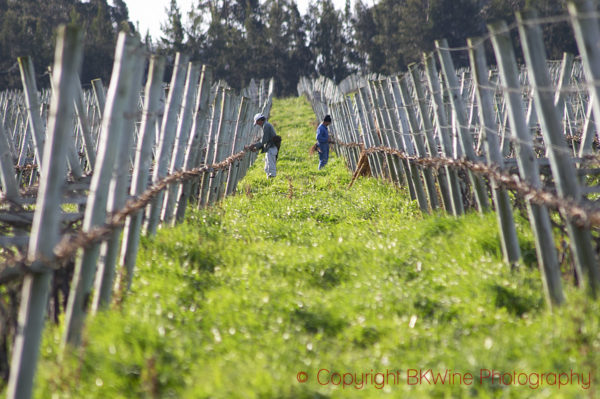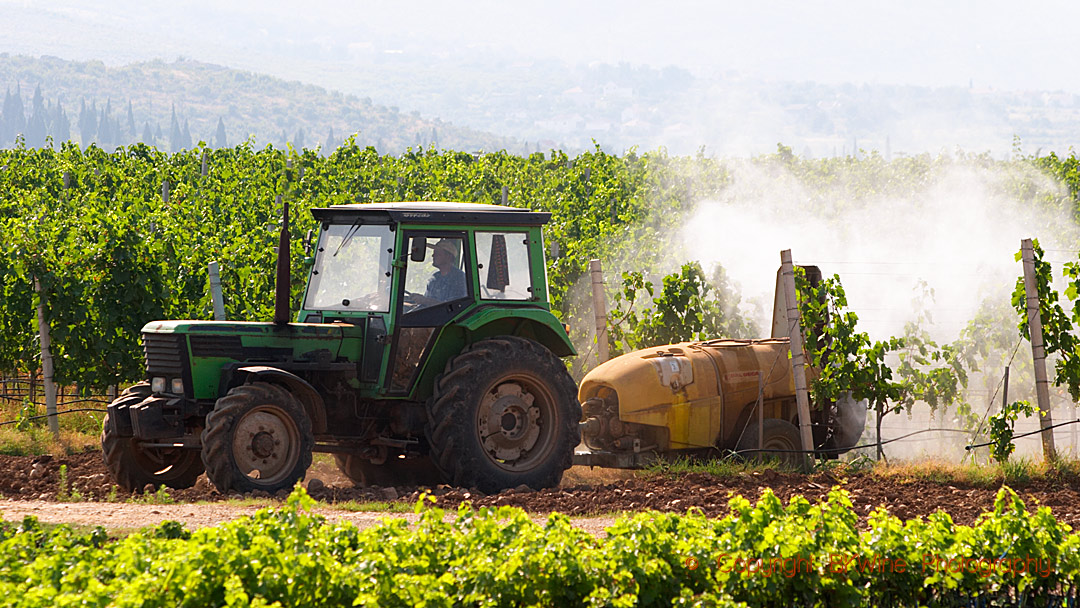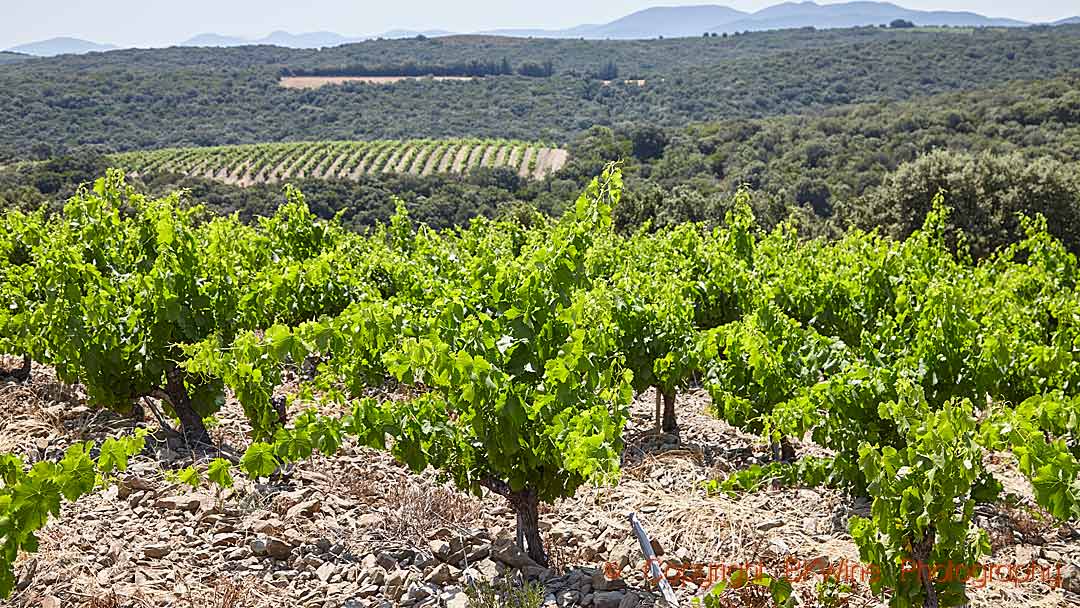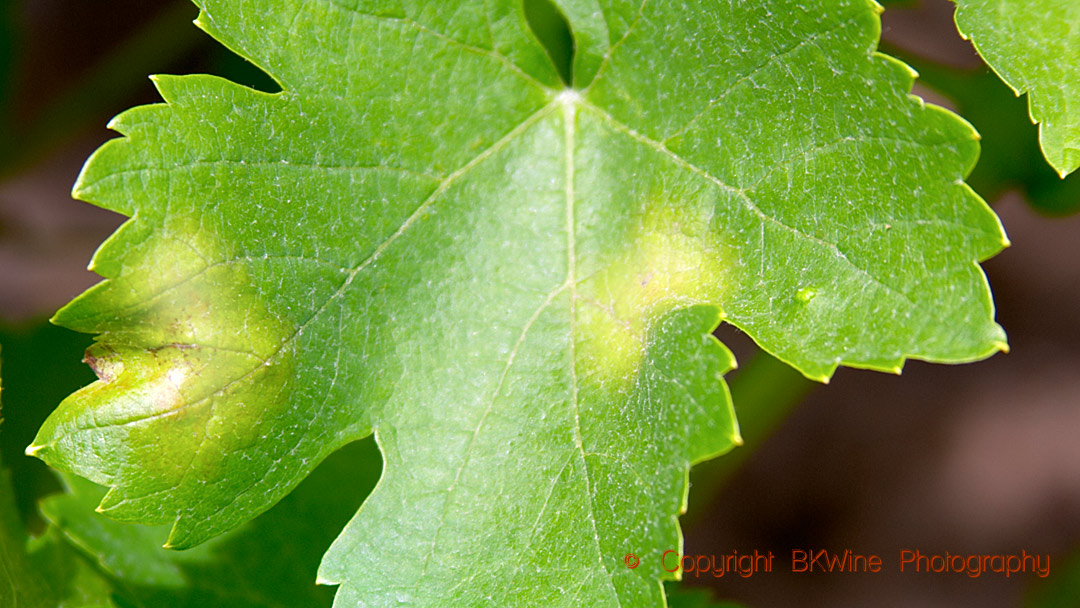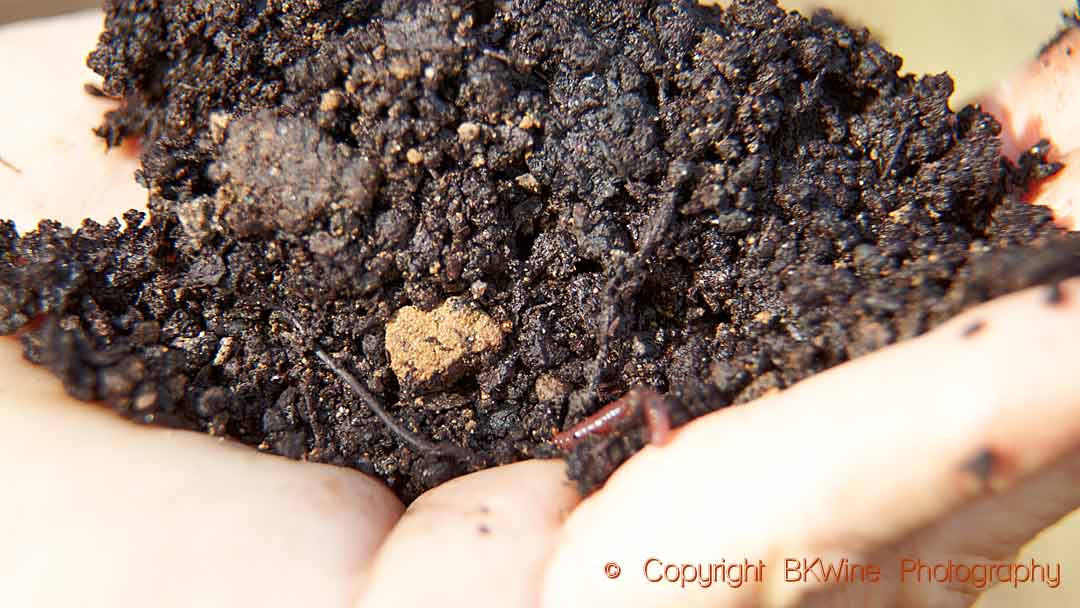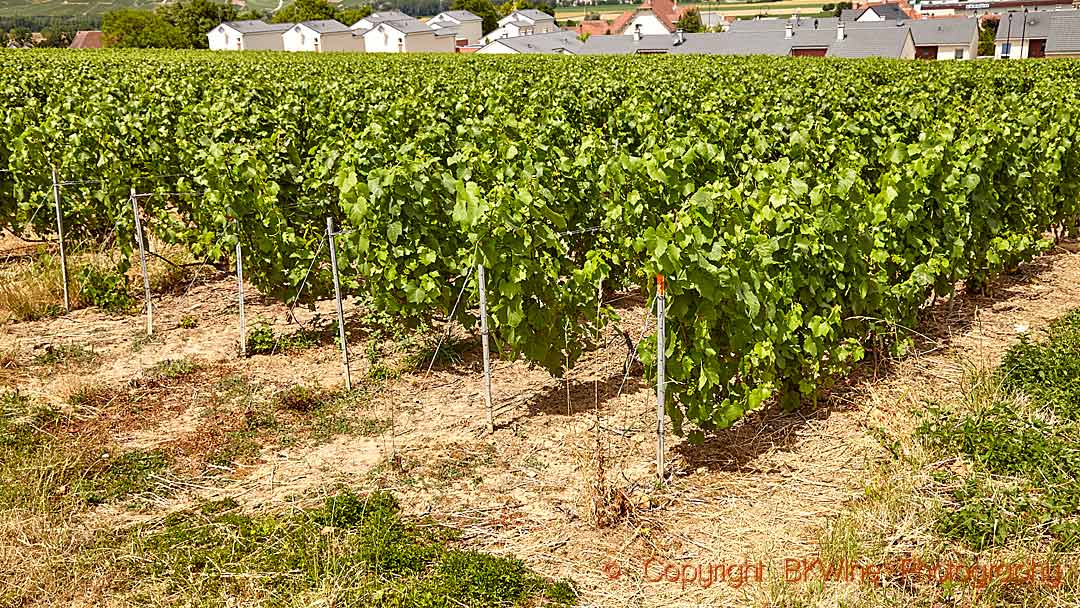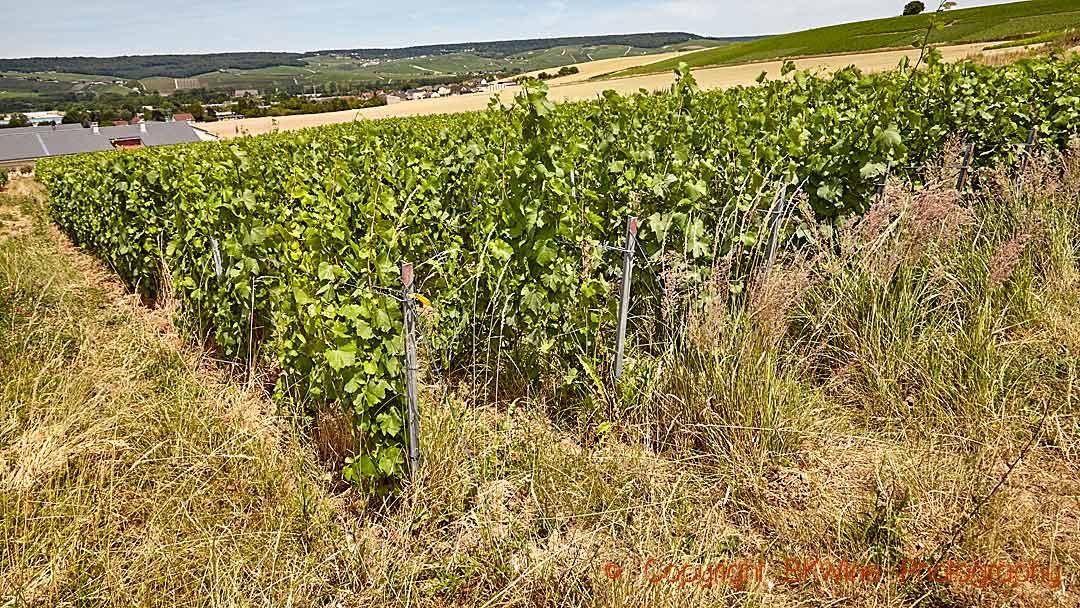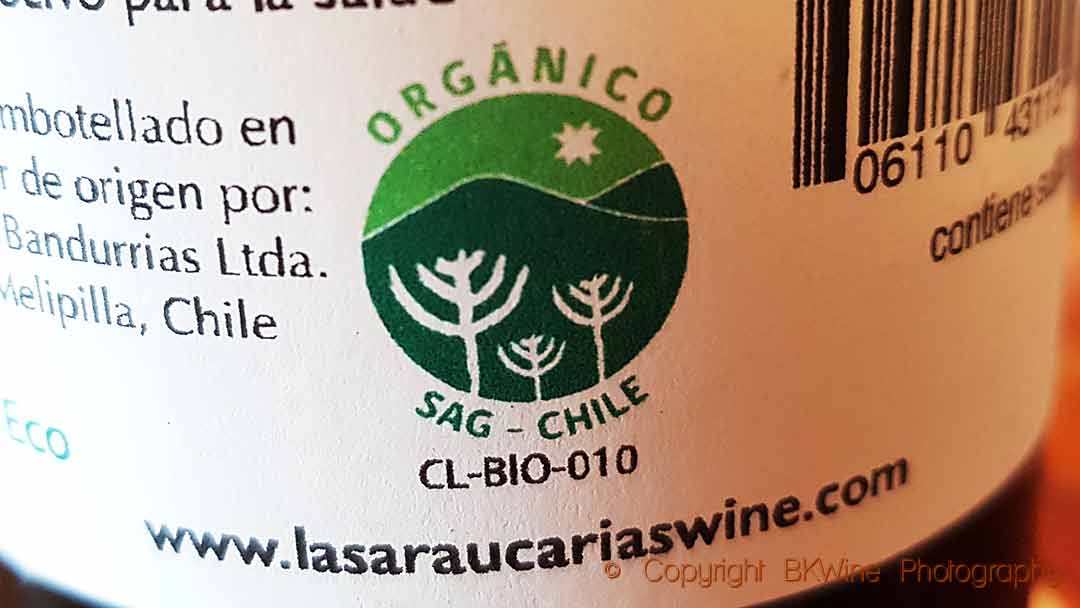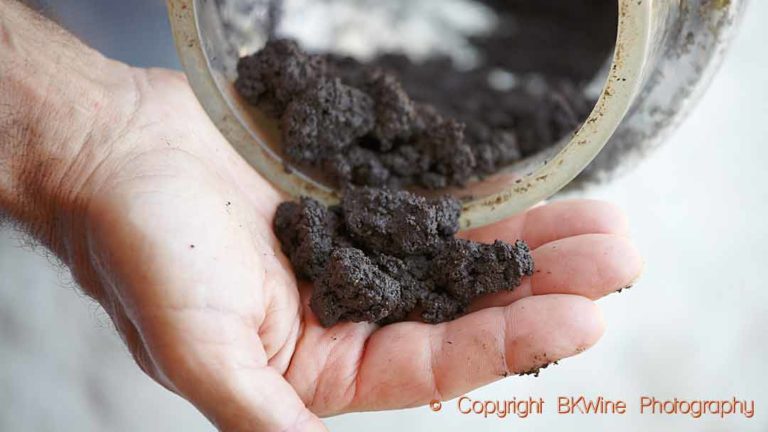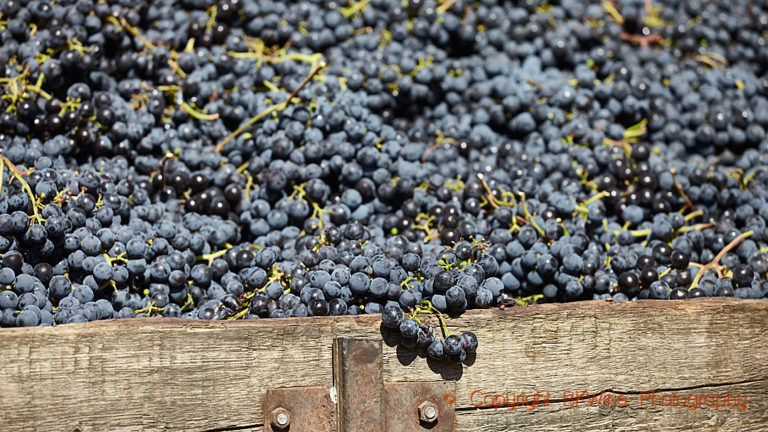Advantages and difficulties of farming organically
The environmental debate is not a black-and-white issue. Organic growers inspire conventional and sustainable winegrowers. Non-organic growers use many of the organic methods. At the same time, some of the organically approved products are controversial.
In this second article in our series on organics, biodynamics, sustainable and “natural”, we look in more detail at what it means to be organic in the vineyard. Are there only benefits, or are there also disadvantages to organic farming?
The next article will talk about what organic means in the wine cellar. With those two you’ll have a good understanding of what organics really is.
This is an article in our eight-part series. Here’s the full series of articles on organic, biodynamic, natural and sustainable:
- Organic, biodynamic and sustainable wine, an overview | part 1
- Organic viticulture: What is it really? | part 2
- Organic wine: in the wine cellar | part 3
- Organic certification | part 4
- Biodynamics: What is it really about? | part 5
- Natural wines | part 6
- Sustainable wines | part 7
- The future of organic wines | part 8
- Bonus: Video master class on organic wine
“There are so many different kinds of ‘organic’”…
Sometimes people have the impression that organics is complex. Or that it is more or less the same thing as biodynamics, and that every “natural” winemaker is also organic. To make things worse: “there are so many different organic certifications and in every country it is different, so there are so many different versions to keep track of”…
So, a few clarifications to start with:
- In the EU, the rules for organics are identical across the region, the same in every country (with possibly a few minor exceptions)
- Each country within the EU have different certification organisations, but they follow the same rules
- Organics is not the same as biodynamics or natural or sustainable. The term organic follows an official EU definition, which has the status of a law. Biodynamics, sustainable and “natural” are private labels with private definitions that have no official status even if some of them are so well-known that people often think that they are “official”.
- Biodynamics, sustainable and natural have similarities to organics but they are distinctly different from organic. More on this in coming articles.
- The USA has a slightly different definition of “organic wine”. The rest of the world mainly follows the rules defined by the EU
- Any wine sold as “organic wine” in the EU must follow the EU rules and carry the EU organic green leaf on the label.
The most important aspect of organics is what is done in the vineyard, so this article will talk about viticulture. But in organics there are also rules about what is done in the wine cellar and we will touch on that in a later article.
Organics: the fundamental principles
The fundamentals of organics are the rules on what you are allowed to do and what you are not allowed to do.
You are not allowed to:
- Use synthetic chemical pesticides and herbicides
- Use synthetic fertiliser
- Use genetically modified products
In organic farming, it is forbidden to use synthetic chemical products. Synthetic pesticides are often (but not always) either systemic or penetrating. But it is important to note that little word “synthetic”. In organic farming you are allowed to use chemical products (more on that later) but only those that are organically approved, and none that are synthetic. So “organics is farming without chemicals” is not correct. There are virtually no wine producers at all that “does no spraying, no pesticides”. All do it.
Systemic pesticides (not allowed in organics) are absorbed by the vine and distributed in it by its sap. These are the most effective products from a protection viewpoint because they also protect new shots. Penetrating products enter the plant through the leaf stomata but do not protect new shots.
Organic producers can only use products that act by “contact”. This means that these products are sprayed on the surface of the vine and remain on the leaf or the grapes after treatment. They are effective as long as they stay there, as long as they are in contact. Rain washes them off.
Copper and sulphur are two examples of contact-products that are widely used in organic farming (and both are chemicals). They are the two most important substances and are widely used both by organic growers and non-organic growers. More on this below.
Preventive work
The organic wine farmer has preventive measures as his primary weapon against pests. He should thus try and prevent problems by being observant and attentive and manage the vineyard so that it can withstand attacks. Keeping the foliage aerated so that it dries up quickly after rain is, for example, one important tool.
Today, there is still little knowledge about alternatives to copper and sulphur for protecting vines and other crops with natural remedies. Research is ongoing. Already, decoctions and infusions of plants and herbs are being used but with limited effect on the most challenging problems. One path that is much studied to strengthen the vine’s immune system. There are now several so-called plant stimulators, substances that can trigger the plant’s defence system when attacked by a disease.
It is also vital to increase biodiversity so that natural enemies of the pests are present. The environment in and around the vineyard should be more welcoming for insects, birds, bats, and small animals to live in. If you have space, you plant trees and hedges. By restoring life in the vineyard, nature can more easily maintain the balance between pest insects and their natural enemies is the idea.
But even when an organic vineyard is very healthy, it is still a monoculture which is an unbalanced type of agriculture. It is challenging to avoid diseases and pests at all times.
Copper and sulphur to fight fungal diseases
Almost all vineyards around the world are attacked to a greater or lesser extent of one or both of two potentially very devastating diseases: powdery and downy mildew. They are sometimes referred to by their French names oidium and mildiou. Downy mildew is also called peronospora.
This is where copper and sulphur come as saviours for the organic grower.
Copper is used to fight the sometimes very troublesome disease downy mildew (mildiou). It is a fungal disease that came to Europe from America in 1878. The fungus attacks the vine’s twigs, leaves or grapes. Downy mildew can attack the vineyard throughout the growing season if it is humid, for example, frequent rains. Difficult years you have to spray the vineyard many times. After every rain the protection has disappeared, been washed off.
The only effective remedy allowed for organic winegrowers is copper. It can be used in the form of copper sulphate, copper hydroxide, copper oxide chloride or copper oxide. Best known is the “bordeaux mixture” (bouillie bordelais), consisting of copper sulphate and slaked lime (calcium hydroxide), but that is just one of the possible versions of the copper treatment. 40% of all copper spraying in the vineyards in France is with the bordeaux mixture and 40% is with copper hydroxide.
Having to spray with copper is one of the great concerns for many organic growers. Copper is a heavy metal that in higher concentration can be toxic to the soil and to water. What is considered “high levels” and exactly how toxic copper is has been debated for a long time, and still is. The European Union has, on several occasions, been close to banning copper in agriculture. It hasn’t done so yet, to the relief of all organic wine producers. In fact, banning copper could endanger organic farming as we know it today.
However, farmers are not allowed to use as much copper as they want. Until January 1, 2020, the permitted quantity was 6 kilos of copper per hectare and year. Now the limit is 4 kilos per hectare and year. Which some producers in humid climates think is on the low side. (The limit is now calculated as an average of the usage over seven years.)
The conventional and sustainable growers usually also spray with copper and sulphur. They often combine it with synthetic products, especially during difficult years. The use of synthetic, penetrating or systemic products allow them to use much lower quantities of copper.
Today, the use of copper is perhaps the most hotly debated subject in connection to organic agriculture and much research is done.
Powdery mildew (oidium) is another potentially devastating fungal disease. It thrives if weather is warm/hot and humid. It came to Europe from America about 30 years earlier than downy mildew. The organic growers, and also many conventional ones, spray with sulphur. Sulphur is not as controversial as copper. But that does not mean that it is entirely safe. Certain small insects that are good to have in the vineyard, such as typhlodromes, can be harmed.
(We have in the above discussed the toxicity of the products used by organic growers. One should perhaps also keep in mind that the products used by non-organic growers are also toxic and in many instances more toxic to humans, animals and insects than the organic ones, sometimes requiring space-age-looking protection equipment.)
Repeated treatments
Since copper and sulphur are contact products, it means that the rain washes them away and you have to spray again. You may need to repeat the treatment every ten days, and also to protect new shots. If unexpected rain comes after spraying, you may need to redo it earlier. Of course, this also has the disadvantage that you drive a lot with your tractor, which has a negative impact on the carbon footprint of the estate and causes unwanted soil compaction. On the other hand, a “good” year (dry) you might only need a handful of treatments, if even.
So, preventive measures are critical, such as ensuring that the foliage is kept airy to increase the effect of drying winds. The grower must be able to respond quickly when weather the forecast so requires. Also, the spraying machine must be set up correctly so that no spraying liquid is wasted or ends up in the wrong place.
Insects
Different types of insects can do damage to either leaves or grapes. One of the most troublesome is the “grape worm” which is actually the larvae of two different moths. Instead of synthetic insecticides, organic growers use so-called “sexual confusion” to fight the grape worm. Small capsules containing pheromones are placed in the vineyard. The pheromone is a substance secreted by the female insect to attract the male. The male gets confused by all the “perfume” in the air and cannot find a female, so no reproduction occurs. Sexual confusion is an effective and harmless method that has also become very popular also among sustainable as well as with some conventional growers.
Flavescence dorée is a severe bacterial disease that came from the United States to Europe in the 1950s. A grasshopper (leafhopper) spreads the disease and the winegrower has to fight the grasshopper. For the organic growers, there is really only one product they can use. It is based on the substance pyrethrin extracted from chrysanthemums in Kenya and Australia. In France, the disease is considered so dangerous to the vineyards so that it is mandatory to spray if you have infected vines, even if you, as an organic wine farmer, think that pyrethrin is too toxic to bees and perhaps also to other animals. Other products are available to non-organic farmers.
Fertilising
The soil in which vines grow does not have to be very fertile. But the grower must be aware that nutrient deficiencies may occur. It may be nitrogen or some minerals that are missing. An organic wine farmer adds natural fertiliser to his soil. This fertiliser stimulates the microbiological life in the ground, i.e. bacteria, fungi, worms and small insects. These transform (mineralise) the organic matter from the fertiliser into nutrients that the vine can absorb.
It takes some time for these little guys to work. The vines cannot absorb nutrients from natural fertilisers as quickly as they can when the farmer uses conventional synthetic fertilisers. Then the substances – mainly nitrogen (N), phosphorus (P) and potassium (K), sometimes referred to as NPK fertilisation – become immediately available for the vines.
Grass in the vineyard
Chemical herbicides are not allowed for organic growers. Instead, an organic wine farmer lets the grass, or weed if you wish, grow in the vineyard and removes it mechanically. But many do not systematically remove all grass. Instead, they let it grow and plough it into the soil maybe once a year.
You can also use a cover crop, e.g. clover. This cover crop will suppress the weeds and is easier to control.
The benefits from letting the grass grow are many: it reduces soil erosion, reduces the risk of soil compaction, contributes to the microbiological life in the soil, competes with the vines for water and nutrition, which limits the yield. Also, it is easier to move around in the vineyard after heavy rain.
But it can also have drawbacks, for example increase the risk for mildew attacks or may compete too much for the available water.
The vineyard below is just next to the one above. Photo taken the same day and time.
Certain soil types/climates/grape varieties cannot cope with too much competition for water and nutrition from the grass, especially during a hot and dry summer. In that case, it is essential to choose the right cover crop that competes as little as possible with the vines. You can decide to plough the grass during the summer or remove it in every other row to reduce competition.
It is very time-consuming for the farmer to plough compared to using a chemical weed product, such as Roundup (based on glyphosate). This is especially true when removing the grass from just under the vines. It is a tricky job to avoid damaging the vines and you have to drive very slowly with the tractor. It is also more expensive as it requires more people. On steep slopes it can also be almost impossible to control the weed mechanically. Many growers see no other solution than to use a chemical herbicide for this particular task. Which means that they cannot be organic.
Why convert to organic farming?
There are various reasons why producers chose to convert to organic farming. Of course, many producers say they want to take care of their land, keep it healthy, and consider organic farming the best way to do it. Many also say that they make better wines with organic agriculture.
But we have noticed that the most common reason is that they want to protect themselves, their family and their employees from hazardous, or what they consider to be hazardous, pesticides. It is always the person who sprays that is the most exposed. Not the wine drinkers. (Possible pesticide residues in the wine is really mainly a non-issue without much relevance and not really a argument for organic farming.)
Today, it is a selling point in many markets to be organic. In many cases organic wines can get a price premium. It has not always been the case. At the beginning of the organic movement, it was instead the opposite. But today, the demand for organic wines is increasing, and consumers are now also prepared to pay a bit more to get an organic wine. This is an important aspect. Organic viticulture requires a more significant presence and more manual work in the vineyard. This means that the estate sometimes has to hire more people. Employing people costs money, and eventually, this must result in higher prices for the wines if the winery is to survive. But from this to draw the conclusion that it is a costly choice to become organic is not so easy. It is a complicated equation. Yes it may cost a bit more but on the other hand, the quality may improve and the price one can command may be higher. There are a lot of “maybes”.
At the same time, very few (if any) of the organic growers that we have talked to have put market demand or higher prices as a major or even minor reason to convert to organics. It is almost always the health and environment aspects that are most important.
Organics is becoming increasingly common
12% of the vineyards in Europe today are organic. This is twice as much as in 2012. In 2012 the conversion rate increased dramatically as it was the year when it became possible to put “organic wine” on the label. Previously there was only “wine made from organic grapes”, an expression that is now no longer permitted and should no longer be used.
Italy is the leading organic country in Europe. 16% of the country’s total vineyard surface is organic. Spain and France both have 12% of their wine-growing area organic. In the rest of the world the proportion is much lower but also growing.
Don’t miss the other articles in this series on organics, biodynamics, sustainable, and natural wines. See the list at the beginning of this article.
If you want to know more about this subject you can read our book “Biodynamic, Organic and Natural Winemaking”.


